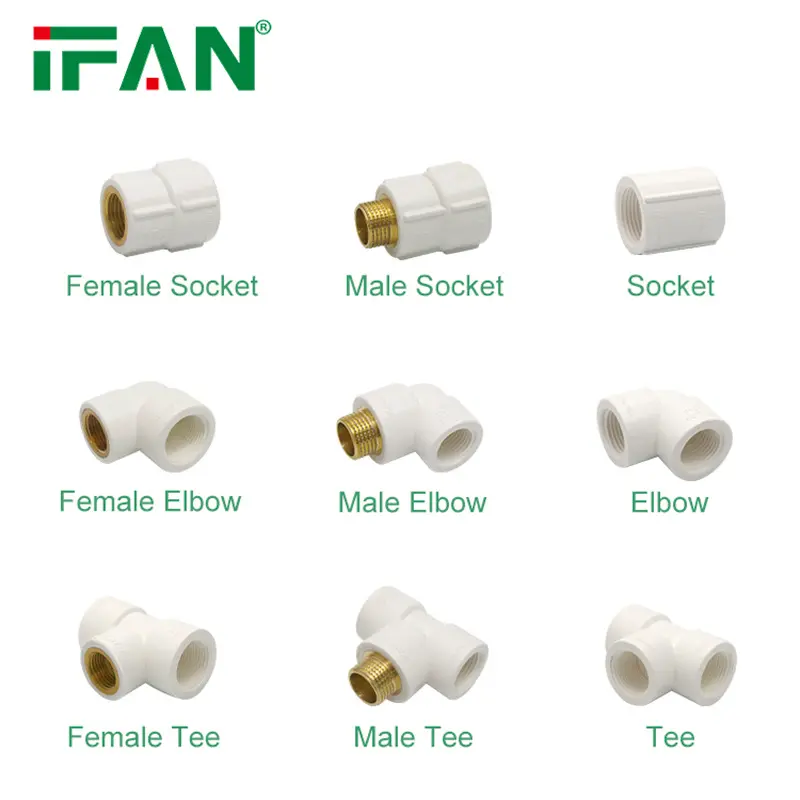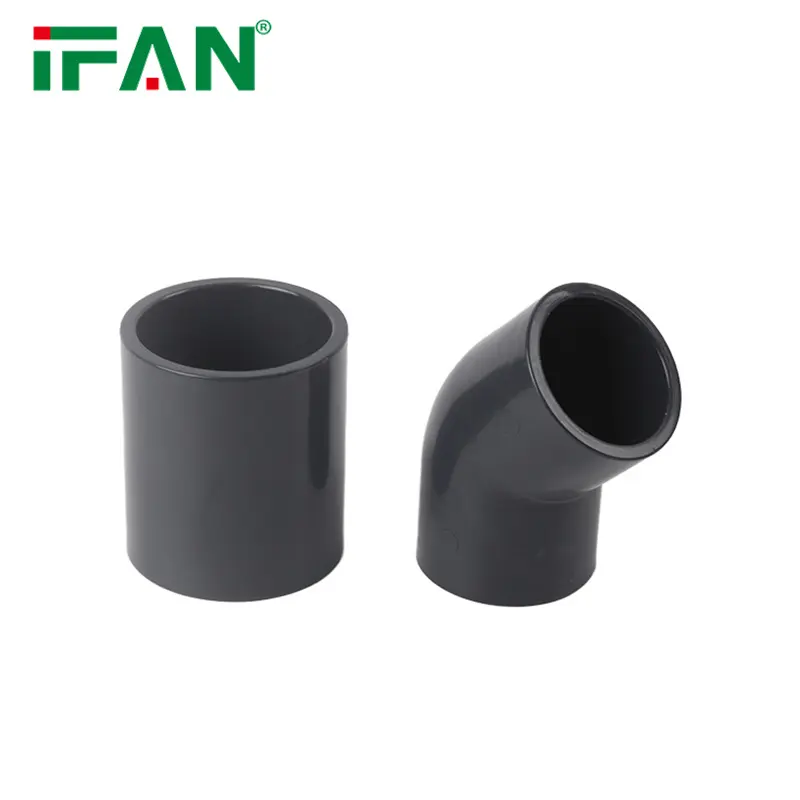Unplasticized Polyvinyl Chloride (UPVC) is a widely used material for piping and fittings. Known for its durability and cost-effectiveness, UPVC is commonly found in residential, commercial, and industrial applications. However, one critical aspect to consider is its temperature resistance. UPVC fittings are designed to operate within specific temperature ranges. Understanding these limits is crucial for ensuring the longevity and performance of the fittings.
Temperature Range and Operational Limits
UPVC fittings typically perform well within a temperature range of 0°C to 60°C (32°F to 140°F). Within this range, UPVC maintains its strength and structural integrity. At temperatures above this range, UPVC can start to soften and deform. For instance, in hot climates or applications involving warm fluids, it is essential to monitor the temperature closely to prevent potential failures.
Effect of High Temperatures
When exposed to temperatures higher than 60°C (140°F), UPVC may experience a decline in mechanical properties. The material can become softer and more pliable, which can lead to deformation under stress. For example, in a hot water plumbing system, consistently high temperatures can cause UPVC fittings to lose their shape, potentially leading to leaks or joint failures.
Low Temperature Performance
On the lower end of the temperature spectrum, UPVC remains stable down to around 0°C (32°F). Below this temperature, the material can become brittle and prone to cracking under impact. In colder climates, where temperatures drop below freezing, UPVC fittings may require additional insulation or protection to prevent damage. For example, in regions with severe winters, UPVC pipes might be wrapped in insulating materials to avoid brittleness and cracking.
Examples of Temperature-Related Failures
Several real-world examples highlight the importance of considering temperature limits. In a case where UPVC fittings were used in a system transporting hot water at temperatures exceeding 60°C, the fittings began to deform and leak after a few months of operation. Similarly, in a freezing environment without proper insulation, UPVC pipes cracked, leading to significant water damage. These examples underscore the need for adhering to temperature guidelines to avoid such issues.
Temperature Resistance in Specific Applications
Different applications impose varying temperature demands on UPVC fittings. In irrigation systems where water temperatures are relatively low, UPVC performs well as long as the temperature remains above freezing. However, in industrial settings where hot or chemically reactive fluids are transported, alternative materials or special temperature-resistant UPVC grades might be required.
Alternative Materials for Extreme Temperatures
For applications involving temperatures beyond the capabilities of standard UPVC, alternative materials should be considered. For high-temperature applications, materials like CPVC (Chlorinated Polyvinyl Chloride) or metal fittings might be more appropriate. These materials offer better resistance to elevated temperatures and can handle conditions that would otherwise compromise UPVC.
Ensuring Longevity and Performance
To maximize the lifespan of UPVC fittings, it is essential to adhere to recommended temperature ranges and employ additional protective measures when necessary. Regular inspections and maintenance can help identify any temperature-induced issues early, allowing for timely interventions. Proper installation techniques and temperature management strategies play a vital role in ensuring the reliable performance of UPVC fittings.
IFAN International Standard for PVC Tubing
IFAN’s PVC products adhere to a wide range of international standards, ensuring they meet the highest quality and performance criteria. These standards include BS 3505, BS 4346, ASTM D1785 SCH40, ASTM D1785 SCH80, DIN, GB, DWV, ASTM D2665, ASTM D2241, ASTM D2665, ASTM D2729, ASTM F441/F441M, ISO 1452 series, EN ISO 1452, DIN 8061/8062, GB/T 10002 series, AS/NZS 1477, JIS K6741, CSA B137.3, NSF/ANSI 14, and TIS 17-2532/1131-2535. Compliance with these standards ensures that IFAN’s PVC pipes and fittings deliver consistent performance, safety, and reliability in a variety of applications globally.
Conclusion
In summary, understanding the temperature resistance of UPVC fittings is essential for their effective use in various applications. While UPVC is durable and cost-effective within its temperature range, exceeding these limits can lead to performance issues and potential failures. By adhering to temperature guidelines and considering alternative materials for extreme conditions, users can ensure the optimal performance and longevity of their UPVC fittings.
If you have read this article and have any questions, please feel free to contact IFAN. Below is our contact information:
Whatsapp:+86 13373827623
Email:[email protected]























































